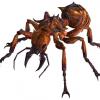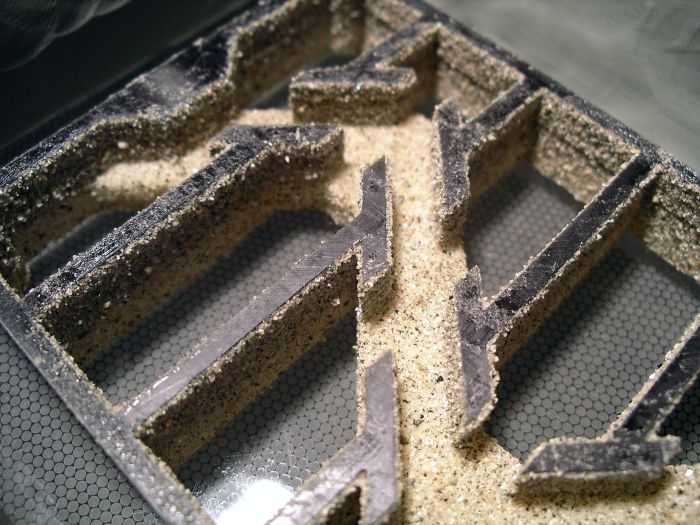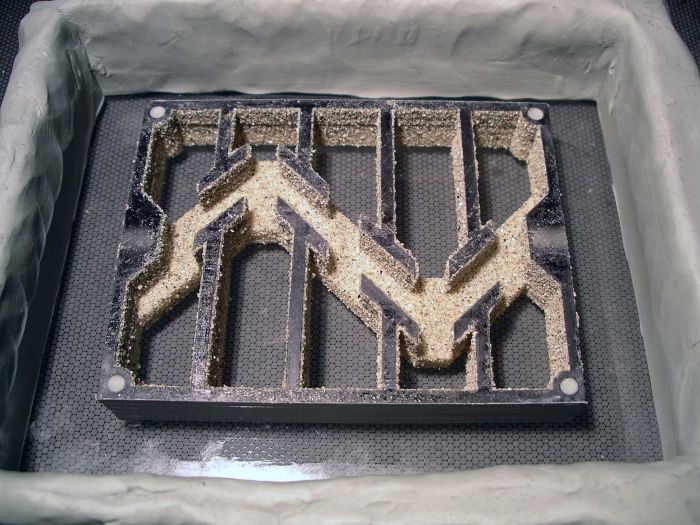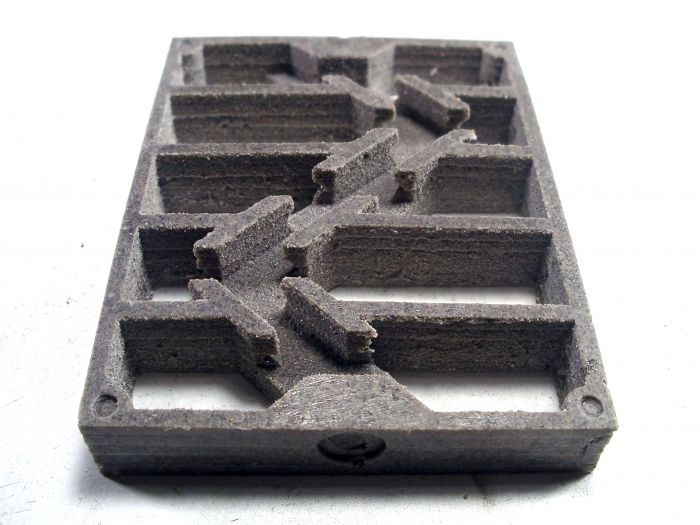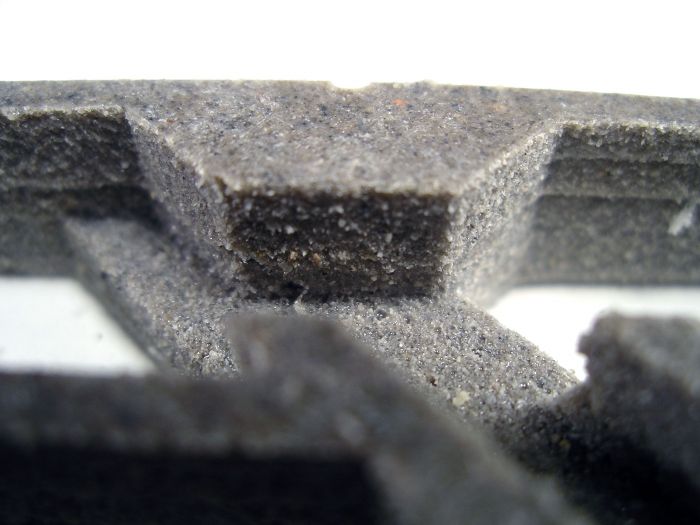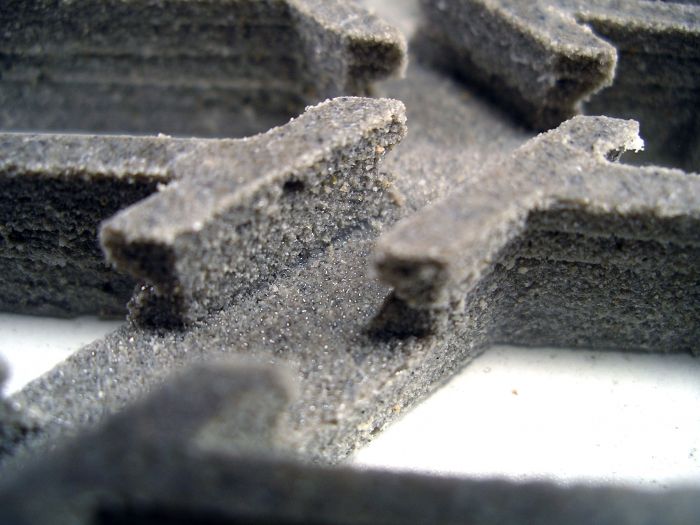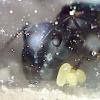I made a few test tiles of cement and Hydrostone to test out not only how much it dissolves, but also the amount of absorption I get out of them. Since this is more relevant to this
formicarium, I posted it here.
The first one was a mixture of 3 parts Hydrostone, and 1 part cement. The second was 1 part Hydrostone, and 2 parts cement. The third was all cement, but with a chamois embedded in it the entire length.
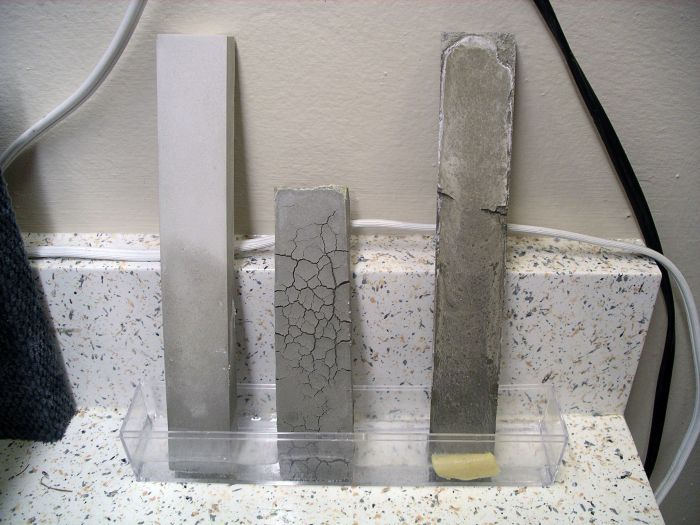
The results were pretty weird. The one with 3 parts Hydrostone and 1 part cement absorbed water up about four inches, while the one with 2 parts cement and only 1 part Hydrostone got completely saturated. If that wasn't weird enough, after a couple days, the first hadn't changed much, other than a few of those gypsum crystals forming on it. The second one, with a way higher cement content, got all swelled up and cracked, and started to curve. When I touched it, I found I could actually crush it in my fingers as if it was made of mud.
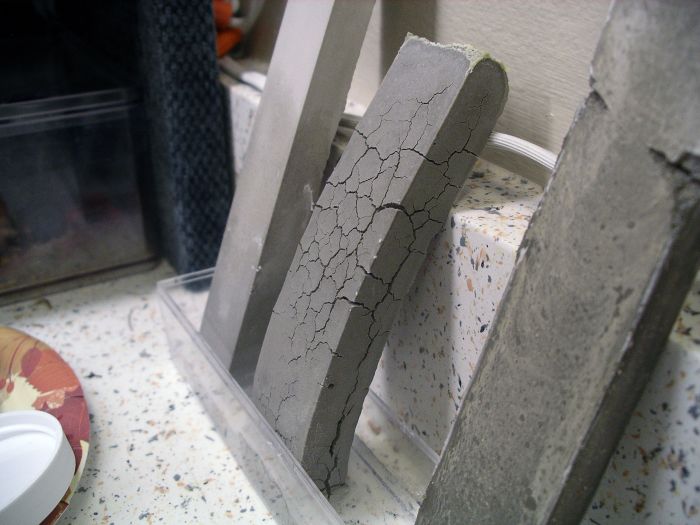
It also had a lot of those gypsum crystals, and they were yellowish in color.
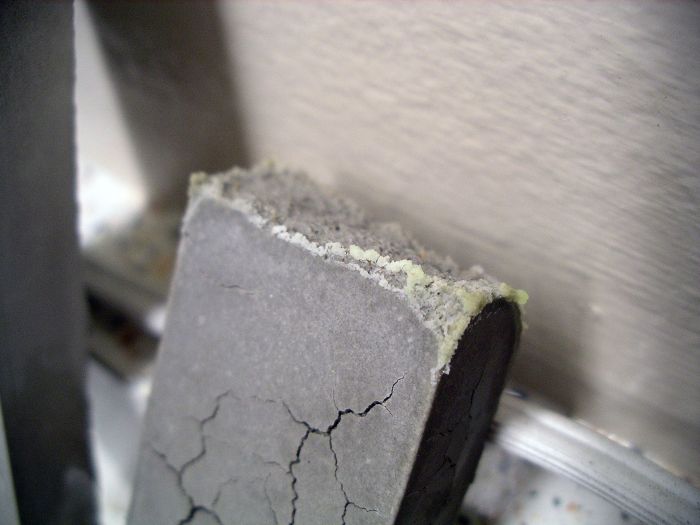
Even though the first one seemed to be working okay, as expected, because of the Hydrostone content, it started to dissolve where it was touching the water. This means I won't be bothering to use any mixture of Hydrostone and cement, or any Hydrostone at all for that matter.
The cement with the chamois inside it did exactly what I figured it would do; the entire thing was wet. This means by embedding a chamois or sponge inside cement, you can have total control over the moisture, allowing you to create whatever moisture gradient you want. As long as portland cement turns out to be safe, this now makes it the best material to use for nests in my opinion. Another thing I do still want to try though, is to pour nests using clay slip and have them fired.









